The transition from the Army Physical Fitness Test (APFT) to the Army Combat Fitness Test (ACFT) marks a pivotal shift in how the United States Army evaluates the physical readiness and combat capabilities of its soldiers. This transformation reflects the Army’s evolving approach to ensuring that its personnel are prepared for the rigors of modern combat, prioritizing a more comprehensive assessment over the traditional focus on basic physical endurance.
In this article, “APFT vs. ACFT: What’s the Difference?”, we will explore the key distinctions between the two tests, delving into the specifics of their events, the rationale behind the shift, and the implications for soldiers’ training regimes. This comparison aims to illuminate the broader goals of enhancing operational effectiveness and soldier well-being through a nuanced understanding of physical fitness in a military context.
What Is APFT?
[tds_note]The Army Physical Fitness Test (APFT) has been the standard for assessing physical fitness in the U.S. Army for decades. It was designed to test the muscular strength, endurance, and cardiovascular respiratory fitness of soldiers. The APFT consisted of three events: two minutes of push-ups, two minutes of sit-ups, and a two-mile run [1]. The performance in these events was scored based on age and gender categories, and soldiers were required to pass the APFT at least once every six months.[/tds_note]
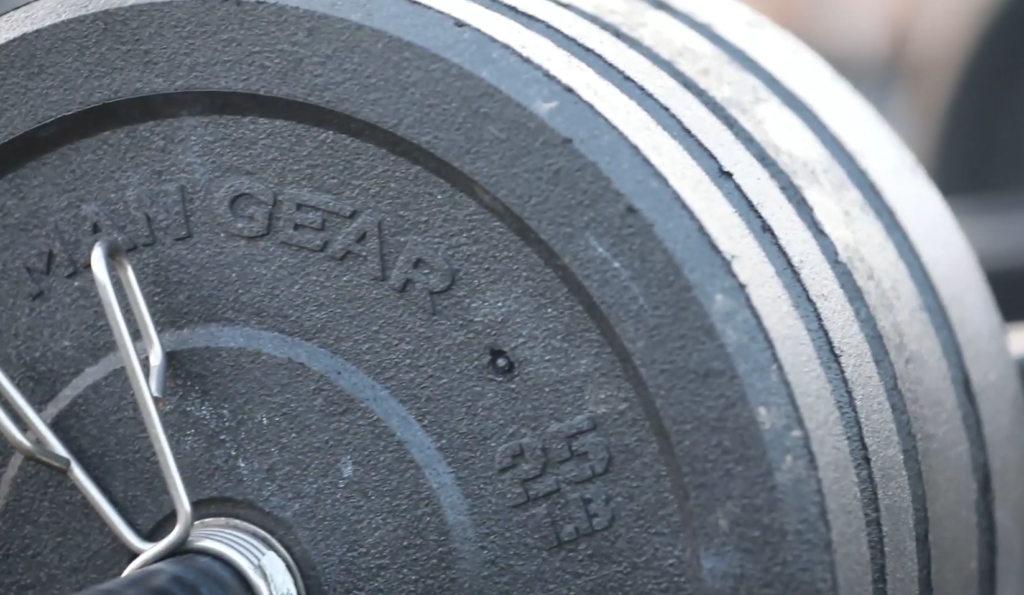
The APFT served as a basic measure of a soldier’s physical fitness level, intended to encourage a minimum level of physical readiness among all soldiers, regardless of their specific duties. It was widely used not just for assessing individual fitness but also for evaluating units and forming the basis for many professional military education courses.
What Is ACFT?
In contrast, the Army Combat Fitness Test (ACFT) is a more comprehensive assessment introduced to better evaluate a soldier’s capabilities in a combat environment. The ACFT consists of six events that measure physical fitness in a way that is more closely aligned with combat tasks.
These events are:
- 3-Repetition Maximum Deadlift (MDL): This event tests a soldier’s lower body and back strength, reflecting the need to lift and carry heavy loads;
- Standing Power Throw (SPT): By throwing a 10-pound medicine ball backward over the head, this event assesses explosive power, crucial for tasks like lifting oneself over obstacles or aiding a fellow soldier;
- Hand-Release Push-Ups (HRP): An evolution of the traditional push-up, this event better measures upper body endurance and strength;
- Sprint-Drag-Carry (SDC): This event mimics battlefield movements and tests a soldier’s ability to sprint, drag weight, and carry equipment over short distances;
- Leg Tuck (LTK) or Plank: This core strength test is vital for climbing, lifting, and carrying tasks in combat.
- Two-Mile Run (2MR): While this event remains from the APFT, it serves to assess cardiovascular endurance within the context of the broader physical demands reflected in the ACFT [2];
The ACFT is gender and age-neutral, meaning all soldiers are held to the same standards, which are tiered according to their specific job demands: heavy, significant, and moderate physical demand categories.
Why Did They Replace APFT with ACFT?
The decision to replace the APFT with the ACFT was not made lightly; it was the result of extensive research and pilot testing aimed at addressing several key issues:
- Reflecting Modern Combat Requirements: The APFT was seen as not fully representative of the physical demands of combat in the 21st century. Modern warfare often requires soldiers to perform a wide range of physical tasks under stress, and the APFT did not adequately measure the skills needed for such tasks;
- Comprehensive Fitness Assessment: The ACFT provides a more holistic view of a soldier’s physical fitness by testing a wider range of abilities, including strength, endurance, power, speed, agility, and balance. This comprehensive assessment ensures that soldiers are better prepared for the physical demands of their roles;
- Reducing Injuries and Enhancing Readiness: The ACFT is designed to reduce the rate of injuries by promoting a more balanced physical training regimen that prepares soldiers for the kinds of movements and tasks they will face in combat, rather than just focusing on endurance as the APFT did;
- Promoting Unit Cohesion and Combat Readiness: By implementing a more rigorous and relevant fitness test, the Army aims to enhance overall unit performance and readiness. The ACFT encourages soldiers to engage in more diverse and intensive physical training together, fostering teamwork and camaraderie;
- Equal Standards for All Soldiers: The ACFT’s gender and age neutrality reflect the reality that all soldiers, regardless of their role, gender, or age, may face combat situations. This move towards equal standards is aimed at ensuring all soldiers are equally prepared for the demands of combat [3];
The transition from the APFT to the ACFT marks a significant shift in the U.S. Army’s approach to physical readiness. By adopting a more comprehensive and combat-relevant fitness test, the Army aims to ensure its soldiers are better prepared for the complexities of modern warfare. This change underscores the Army’s commitment to the health, welfare, and operational effectiveness of its personnel, ensuring that they are ready.
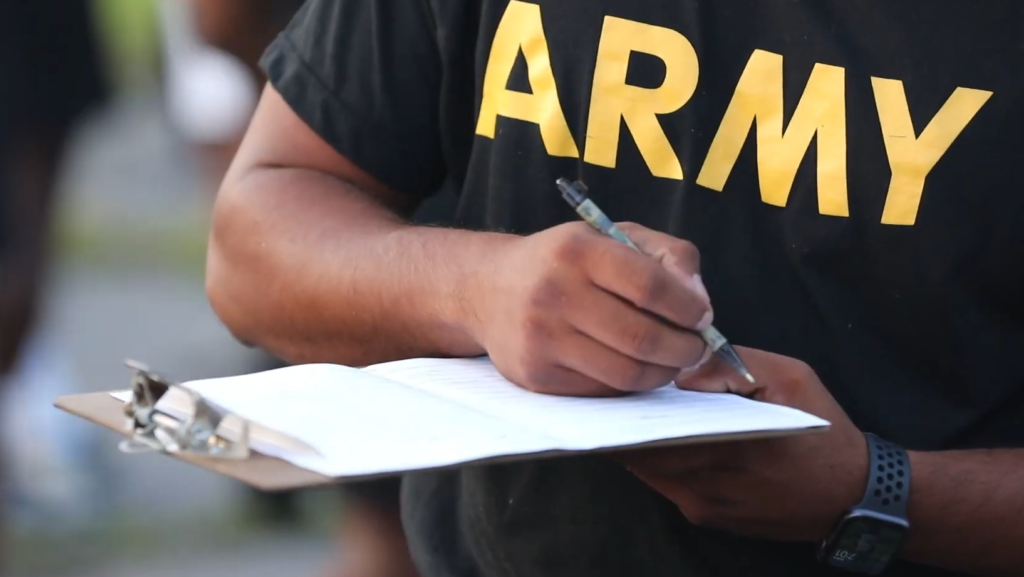
What Is Good About APFT:
Easy Administration
One of the most significant advantages of the APFT was its simplicity and ease of administration. The test consisted of three exercises: two minutes of push-ups, two minutes of sit-ups, and a two-mile run. These exercises required minimal equipment and could be conducted almost anywhere, from a military base to a field deployment. This simplicity allowed for the efficient testing of large numbers of soldiers with minimal disruption to their training schedules.
Easy Results Interpretation
The scoring system of the APFT was straightforward, with clear standards that varied by age and gender. This made it easy for both soldiers and commanders to understand the results and assess physical fitness levels quickly. A soldier knew exactly how many push-ups, sit-ups, and what run time was needed to score a maximum or passing grade, facilitating goal-setting and self-assessment.
Exercise Suitability
The exercises included in the APFT were widely regarded as suitable for a general assessment of physical fitness, focusing on core strength, muscular endurance, and cardiovascular fitness. These are fundamental components of physical health, relevant not just to military personnel but to the general population, making the APFT a versatile and universally applicable fitness test.
Cost
The cost-effective nature of the APFT cannot be overstated. Requiring no special equipment beyond a stopwatch and a flat surface for the run, the APFT was an economically viable option for assessing the physical fitness of the Army’s vast and varied personnel.
What Is Bad About APFT?
However, the APFT was not without its criticisms. The primary concern was its lack of specificity to combat readiness. The test did not assess the functional strength, agility, or the wide range of physical skills soldiers need on the battlefield. Additionally, the APFT’s focus on endurance over strength could potentially lead to a training bias, where soldiers might prioritize cardiovascular fitness over the development of other critical physical capabilities [4].
What Is Good About ACFT?
The introduction of the ACFT addressed many of the shortcomings of the APFT by providing a more comprehensive evaluation of a soldier’s physical fitness, particularly in areas directly related to combat tasks.
Comprehensive Fitness Assessment
The ACFT includes six events: the 3-Repetition Maximum Deadlift, Standing Power Throw, Hand-Release Push-Up, Sprint-Drag-Carry, Leg Tuck, and a Two-Mile Run. These events are designed to assess a wide range of physical capabilities, including strength, power, speed, agility, and endurance, offering a holistic view of a soldier’s combat readiness.
Improved Combat Readiness
By focusing on exercises that mimic the physical demands soldiers face in combat, the ACFT aims to improve overall combat readiness. The diverse nature of the exercises encourages a more balanced physical training regimen, preparing soldiers for the realities of modern warfare.
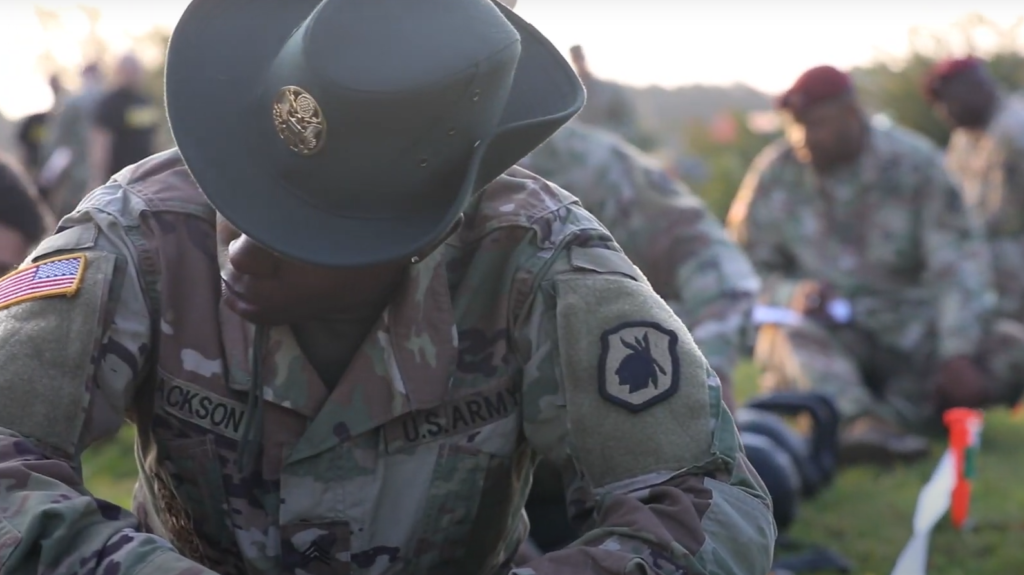
Gender and Age Neutrality
The ACFT’s scoring system is designed to be gender and age-neutral, holding all soldiers to the same standards based on the physical demands of their roles. This approach promotes fairness and ensures that all soldiers are equally prepared for combat, regardless of age or gender.
What Is Wrong with the ACFT:
Equipment Cost
One of the primary criticisms of the ACFT is the significant increase in equipment costs. The test requires specific equipment for several of its events, such as deadlift bars and weights, medicine balls for the power throw, and sleds for the sprint-drag-carry. This necessitates a considerable financial investment for the Army to implement the ACFT across all units.
Administration
The complexity of the ACFT also presents challenges in administration. Conducting the test requires more time, space, and personnel to administer and score the events accurately. This could potentially lead to logistical issues, especially in units with limited resources or those deployed in constrained environments.
Advanced Exercises:
The ACFT’s advanced exercises are designed to better reflect the physical demands of combat, but they also introduce new challenges in terms of training and execution [5].
Leg Tuck
The Leg Tuck assesses core strength and endurance, crucial for climbing and maintaining stability under load. However, it has proven challenging for many soldiers, highlighting a common area of weakness that requires targeted training.
Hand-Release Push-Up
This exercise adds a dynamic component to the traditional push-up, improving upper body strength and endurance. It requires soldiers to lift their hands off the ground between reps, increasing the difficulty and engaging a broader range of muscles.
Deadlift
The Deadlift measures lower body and back strength, essential for lifting and carrying heavy loads in combat. Proper technique is critical to prevent injury, necessitating thorough training and supervision.
Standing Power Throw
This event tests explosive power, important for tasks such as jumping and throwing. It requires a combination of technique, strength, and coordination, representing a novel challenge for many soldiers.
Administration
The administration of these advanced exercises requires careful planning and execution. Proper training for soldiers and graders is essential to ensure that the exercises are performed safely and scored accurately.
Equipment Cost
The equipment needed for these exercises contributes to the overall cost of the ACFT. While this investment supports a more comprehensive assessment of combat readiness, it represents a significant logistical and financial challenge.
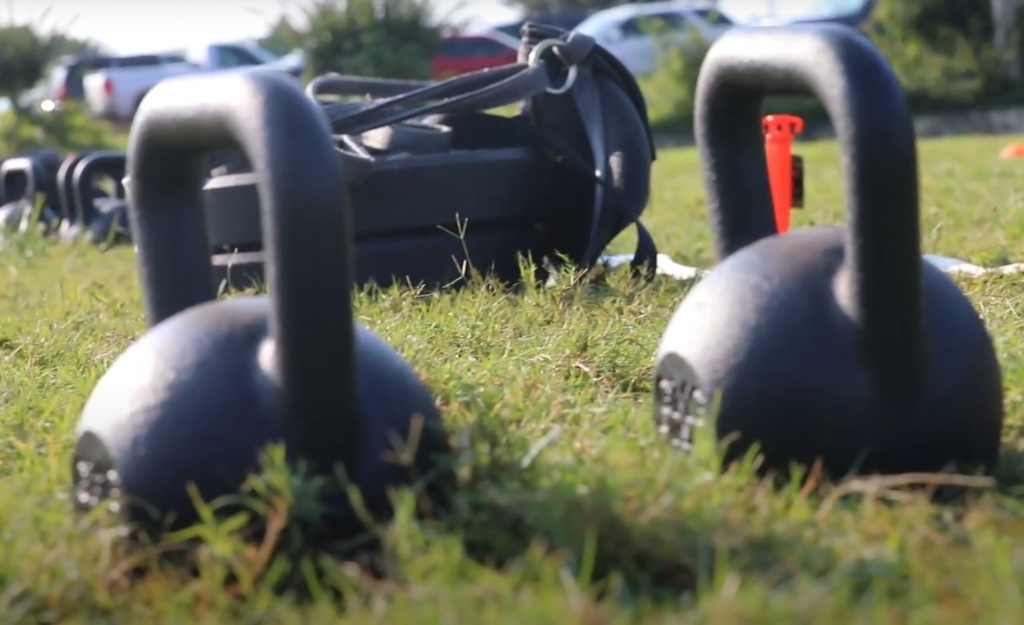
Reasons Why Most Soldiers Like APFT Better Than ACFT:
Better Shoulder and Posture Development
The APFT’s emphasis on push-ups and sit-ups has been credited with contributing to better shoulder and posture development among soldiers. Push-ups, a staple of the APFT, target not only the chest, shoulders, and triceps but also engage the core and lower back when performed correctly [6]. This comprehensive engagement promotes improved posture and shoulder stability, benefits that soldiers have valued for their contributions to overall physical well-being and injury prevention.
You Still Need Muscle Stamina
Muscle stamina is crucial for enduring long marches, carrying equipment, or performing repetitive tasks under stress, all common aspects of military operations. The APFT, with its focus on high-repetition push-ups and sit-ups, effectively tests and builds this endurance. Many soldiers appreciate how the APFT encourages the development of muscle stamina, seeing it as directly relevant to their daily physical demands.
Testing Strength and Power
While the ACFT includes exercises like the deadlift to assess strength, the APFT’s simplicity in testing muscular endurance is often seen as an indirect measure of strength and power. Soldiers who excel in maxing out their push-ups and sit-ups believe that these exercises, though not directly measuring maximum strength, are still indicative of a soldier’s power and resilience, traits highly valued in military service.
Testing Speed, Agility, Fast Movement with a Load
The two-mile run in the APFT is not just a test of cardiovascular endurance; it’s also seen as a measure of a soldier’s ability to move quickly under the strain of prolonged physical activity. Many soldiers view the run as a realistic assessment of their ability to maintain speed and agility, even without a direct load, arguing that it simulates the endurance required for operational tasks.
Two-Mile Timed Run
The two-mile timed run is a highly favored element of the APFT for its straightforward, no-nonsense approach to testing cardiovascular fitness. Soldiers appreciate the clarity of the run’s objectives and the direct correlation between the effort put into training and the improvements seen in run times. This event has become a benchmark for personal and unit fitness goals, fostering a sense of competition and camaraderie among soldiers.
Varied Training Strategies
The APFT’s format allows for a wide range of training strategies, accommodating different fitness levels and preferences. Soldiers can tailor their preparation to focus on improving specific areas, such as increasing push-up or sit-up counts or cutting down their two-mile run time. This flexibility in training approaches has made the APFT popular among soldiers who prefer a more personalized fitness regimen.
Centralized Programming
The simplicity of the APFT lends itself to centralized programming, making it easier for units to organize group fitness sessions that cater to the test’s requirements. This has facilitated a unified approach to physical training, where soldiers can work together towards common goals, enhancing unit cohesion and morale.
Certified Instructors
With the APFT’s focus on more traditional exercises, the Army has been able to utilize a broad pool of certified instructors familiar with these types of workouts. This accessibility to knowledgeable trainers has made it easier for soldiers to seek advice and guidance on improving their APFT scores, contributing to a supportive environment for physical fitness.
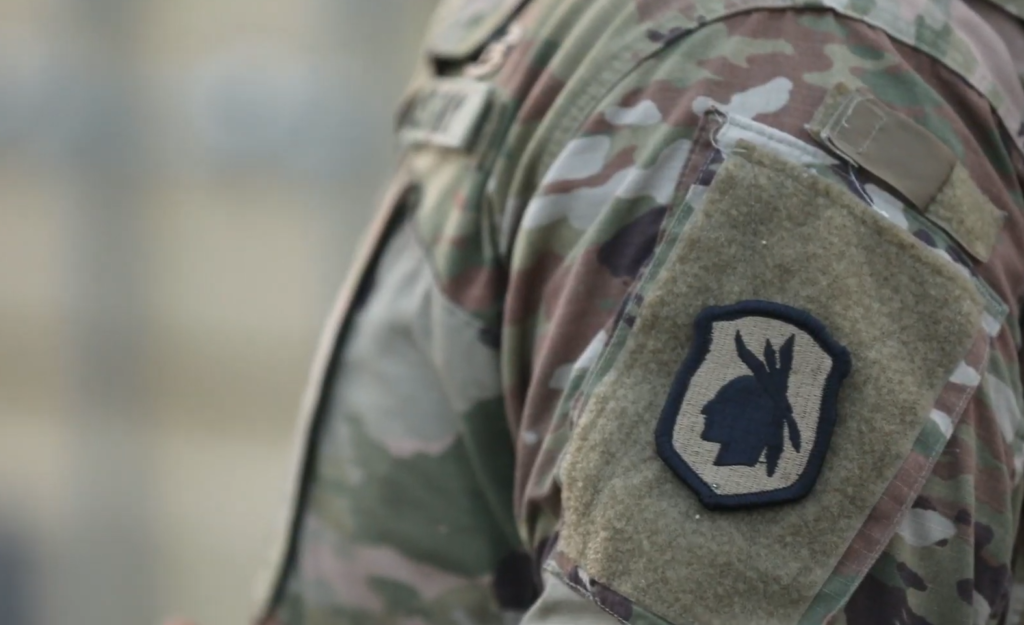
What’s The Difference: APFT vs. ACFT
The APFT has been the standard for assessing physical fitness in the U.S. Army for decades. It was designed to test the muscular endurance and cardiovascular respiratory fitness of soldiers through a simple, easy-to-administer series of exercises. Conversely, the ACFT was introduced as a more comprehensive and challenging assessment, designed to better reflect the physical demands soldiers face in combat.
APFT Events:
Push-Ups
The push-up event in the APFT assesses upper-body muscular endurance. Soldiers are required to complete as many push-ups as possible in two minutes, following strict form standards. This event tests the soldier’s ability to use their body weight to measure fitness [7].
Sit-Ups
Sit-ups measure the abdominal and hip flexor muscles’ endurance. Like push-ups, soldiers have two minutes to complete as many sit-ups as possible, adhering to form requirements. This event aims to evaluate core strength, which is vital for overall physical health and performance.
Timed Run
The two-mile timed run evaluates cardiovascular fitness and endurance. Soldiers are required to complete the distance in the shortest time possible, with scores adjusted for age and gender. This event has been a staple in determining a soldier’s aerobic fitness level.
ACFT Events:
Hex Bar Deadlift
The Hex Bar Deadlift is designed to assess lower body and back strength. Soldiers are required to lift a minimum weight, which increases based on the soldier’s category. This event reflects the need to perform heavy-lifting tasks in combat situations.
Standing Medicine Ball Overhead Throw
This event measures explosive power, an essential component for combat tasks such as throwing grenades or moving quickly to cover. Soldiers throw a 10-pound medicine ball backward over their heads for distance.
Hand Release Push-Up
An evolution from the traditional push-up, this variation includes a “hand release” at the bottom of the movement, increasing the difficulty and engaging a broader range of muscles. This event better simulates combat situations where soldiers must push up from the ground under load.
SDC (Sprint, Drag, Carry)
[tds_note]The Sprint, Drag, Carry is a complex event that mimics battlefield movements. It includes a sprint, dragging a sled, carrying kettlebells, lateral movement, and a final sprint. This event tests speed, agility, and strength under various conditions.[/tds_note]
Leg Tuck (Or Plank Pose Option)
The Leg Tuck evaluates core strength by requiring soldiers to hang from a pull-up bar and tuck their knees to their elbows. Due to its difficulty, a Plank Pose option was introduced as an alternative, focusing on core endurance.
2-Mile Run
The two-mile run remains from the APFT but within the ACFT’s context, it serves as an overall assessment of a soldier’s aerobic endurance and stamina, essential for operational readiness.
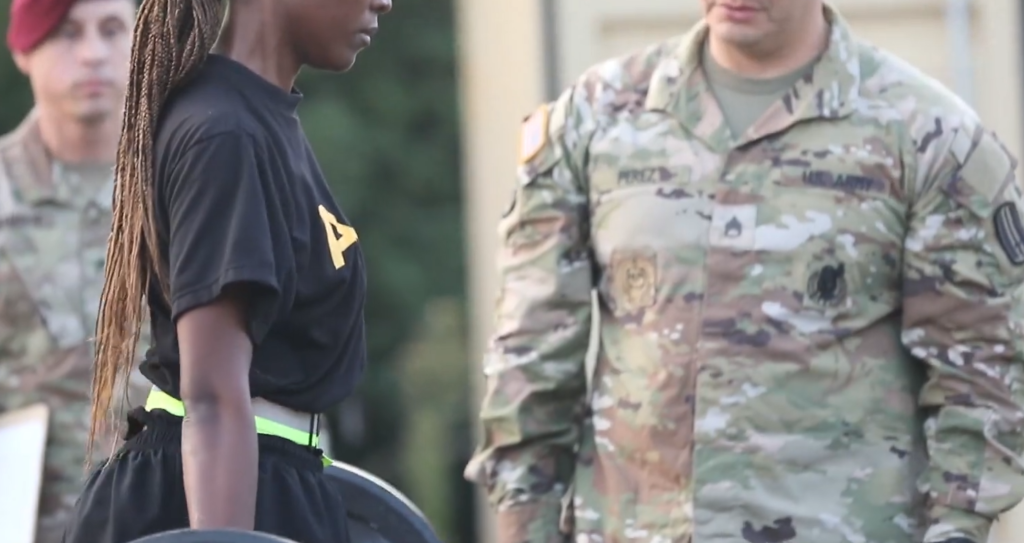
What Is Better For A Soldier Training – APFT or ACFT?
APFT: Simplicity and Focus on Basic Physical Fitness
The APFT’s simplicity allows for easy administration and broad applicability, making it an efficient tool for assessing basic physical fitness across the Army’s diverse roles. Its focus on fundamental exercises like push-ups, sit-ups, and running can be beneficial for maintaining general physical health and endurance. The APFT is particularly suited for soldiers whose roles may not require the extensive physical demands of direct combat but still necessitate a basic level of physical fitness.
ACFT: Comprehensive Assessment and Combat Readiness
The ACFT offers a more comprehensive evaluation of a soldier’s physical capabilities, closely aligning with the physical demands of combat. It tests a broader range of physical attributes, including strength, power, speed, agility, and endurance. For soldiers in combat roles, the ACFT provides a more relevant and challenging assessment of their physical readiness for the demands they will face in the field [8]. The varied nature of the ACFT’s events encourages a more holistic approach to physical training, which can lead to improved overall fitness, reduced injury rates, and better performance in combat situations.
The introduction of the ACFT acknowledges the complex and varied physical demands of modern warfare, pushing soldiers to develop a broader range of physical capabilities. However, it also requires more resources, including time, equipment, and space, to administer effectively.
In conclusion, both the APFT and ACFT have their merits. The APFT offers a straightforward, time-tested method for assessing basic physical fitness, while the ACFT provides a more detailed and combat-relevant assessment of physical readiness. The choice between them—or more accurately, the transition from APFT to ACFT—reflects an evolution in understanding what physical readiness means in the context of modern military operations. For soldiers and their commanders, the ACFT represents a shift towards more comprehensive physical preparation, ensuring that training regimes are as closely aligned with combat realities as possible.
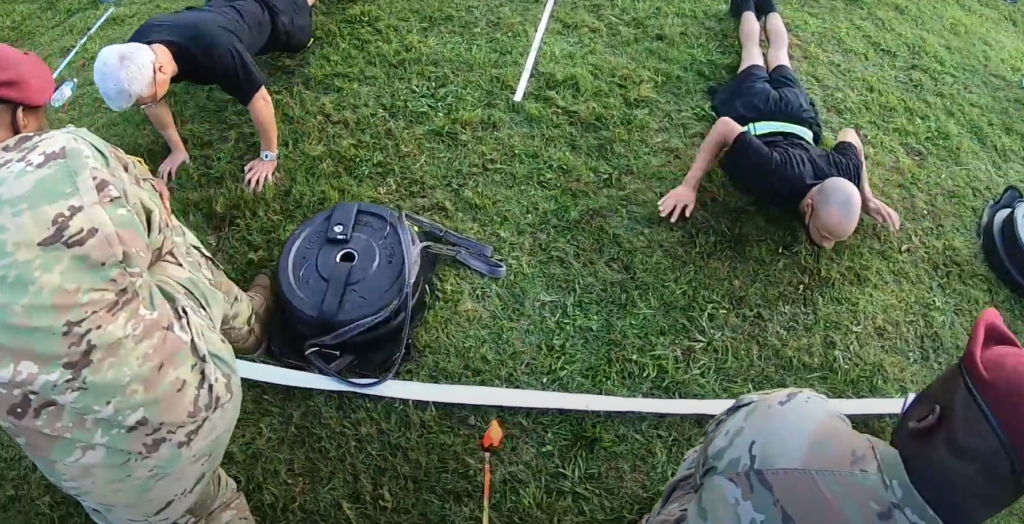
FAQ:
1. Does the Army still use the ACFT?
Yes, the Army has transitioned to using the Army Combat Fitness Test (ACFT) as its standard for assessing physical fitness and readiness.
2. Is the APFT still valid?
No, the Army Physical Fitness Test (APFT) has been phased out and replaced by the ACFT. The APFT is no longer used as the official fitness assessment for soldiers.
3. How long is an ACFT valid for?
An ACFT score is valid for one year from the date the test was taken.
4. Is the ACFT hard?
The ACFT is designed to be challenging, as it assesses a broad range of physical capabilities relevant to combat situations. Difficulty can vary among individuals, depending on their physical condition and training.
5. Is ACFT mandatory?
Yes, the ACFT is mandatory for all Active Duty, National Guard, and Reserve soldiers in the U.S. Army.
6. What happens if I fail the ACFT?
Soldiers who fail the ACFT are usually given additional training and opportunities to retake the test. Repeated failures could lead to administrative actions or impact a soldier’s career progression.
7. Does the Army use the APFT or ACFT?
The Army uses the ACFT as its official physical fitness test. The APFT has been retired.
8. What is the new ACFT Regulation in 2024?
As of my last update, specific details about changes to the ACFT regulations in 2024 were not available. Soldiers should consult the latest official Army publications or their chain of command for the most current information.
9. How hard is a 600 ACFT?
Achieving a maximum score of 600 on the ACFT is extremely challenging and requires exceptional physical fitness across all six events. It represents the highest level of physical readiness and performance.
10. Is the ACFT official?
Yes, the ACFT is the official physical fitness test of the U.S. Army, replacing the APFT.
11. Who can grade an ACFT?
ACFT graders must be trained and certified according to Army guidelines. This ensures consistent standards of assessment and safety across all testing locations.
12. What is the purpose of the APFT?
The purpose of the APFT was to assess the physical fitness and endurance of soldiers through a series of three events: push-ups, sit-ups, and a two-mile run. It aimed to ensure that soldiers maintained a basic level of physical fitness.
13. How many people fail the ACFT?
The failure rate for the ACFT can vary widely among different units and populations within the Army, influenced by factors such as physical preparation, training focus, and individual readiness.
14. How often can you take an ACFT?
Soldiers can take the ACFT multiple times within a year, especially if they are seeking to improve their scores or if they failed a previous attempt. However, specific guidelines may vary depending on unit requirements and schedules.
15. Can you retake the APFT?
While the APFT is no longer in use, when it was the standard, soldiers could retake it if they failed to meet the minimum score requirements, similar to current policies for the ACFT.
16. What are the rules for ACFT?
The ACFT consists of six events: the 3-Repetition Maximum Deadlift, Standing Power Throw, Hand Release Push-Up, Sprint-Drag-Carry, Leg Tuck (or Plank as an alternative), and the 2-Mile Run. Soldiers must complete these events according to specific standards and within set time limits. The ACFT scoring is age and gender-neutral, focusing on the physical demands of different Army roles.
Useful Video: ACFT vs APFT– What’s the difference
References:
- https://www.military.com/military-fitness/5-reasons-acft-better-apft-according-military-fitness-expert
- https://www.reddit.com/r/army/comments/ajka25/apft_vs_acft/
- https://www.armytimes.com/news/your-army/2019/01/24/a-better-safer-less-expensive-alternative-to-the-new-army-pt-test/
- https://www.performancehealth.com/articles/exercises-to-get-ready-for-the-army-combat-fitness-test-acft
- https://mwi.westpoint.edu/more-than-a-test-building-a-better-army-fitness-culture/
- https://www.army.mil/acft/
- https://taskandpurpose.com/news/army-combat-fitness-test-problems-congress/
- https://fieldgradeleader.themilitaryleader.com/acft-arntson/

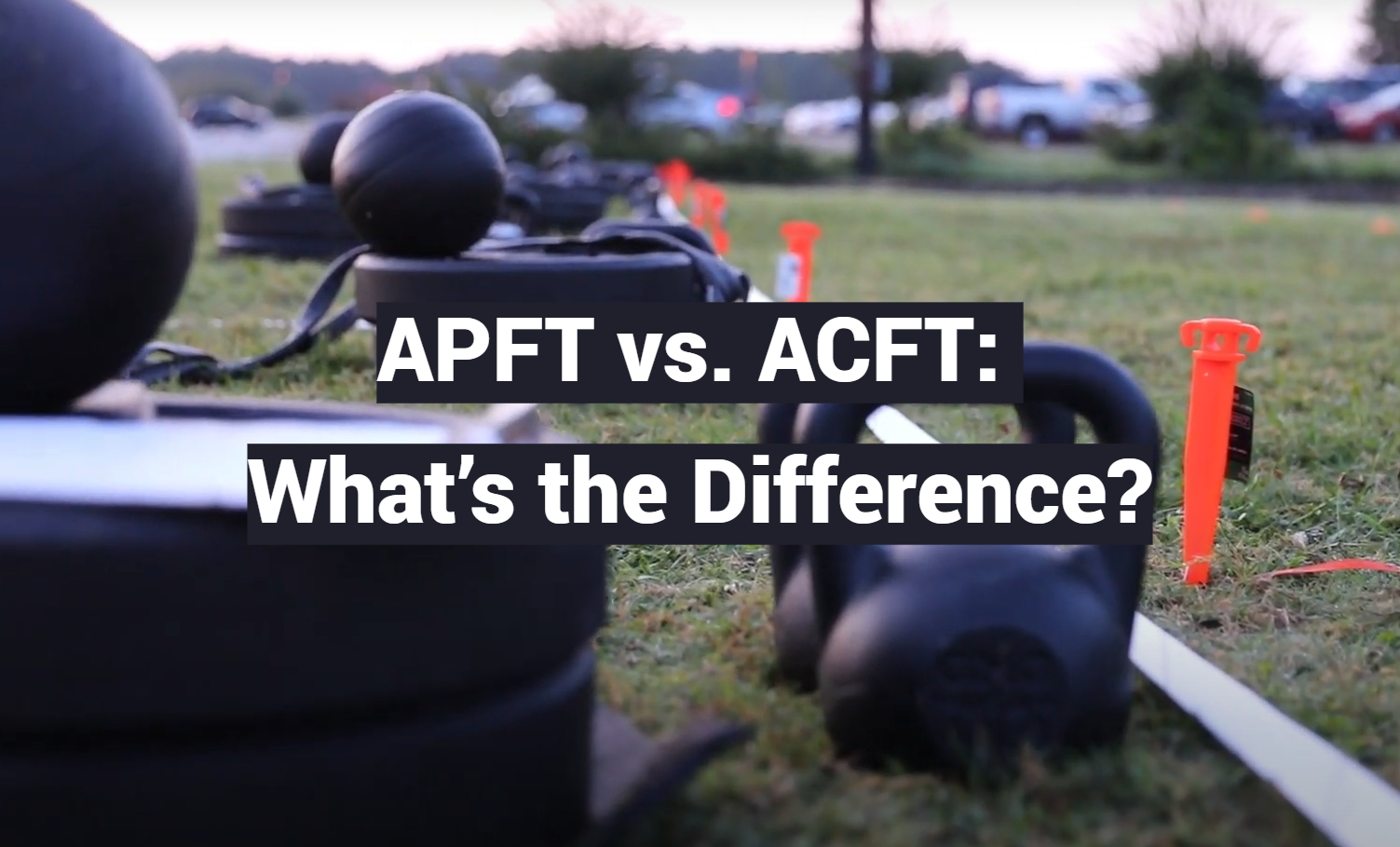
Leave a Reply